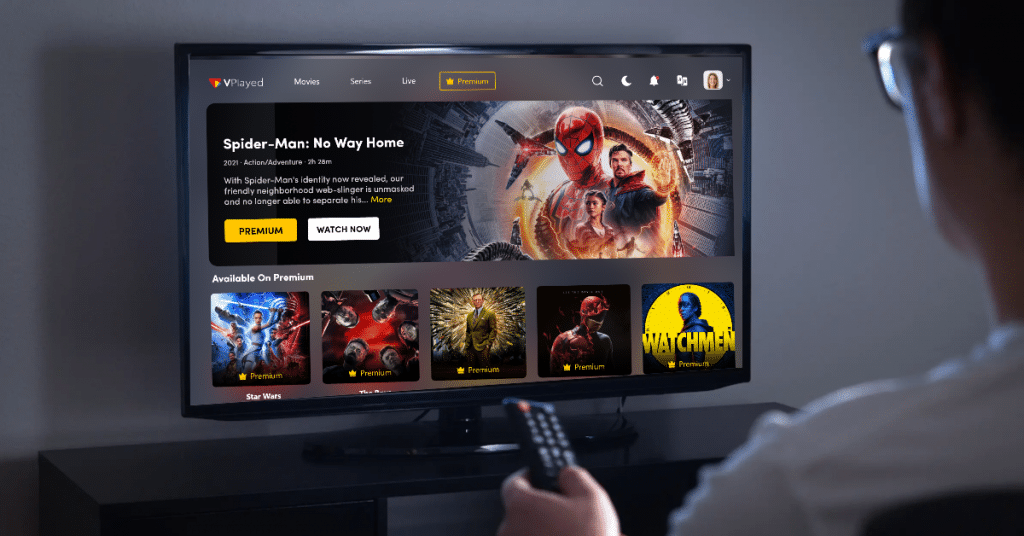In a rapidly evolving digital landscape, the entertainment industry is continuously seeking innovative solutions to engage audiences. Premium Video on Demand (PVOD) is emerging as a promising contender in the race to capture viewer attention and reinvigorate the transactional business model. But is PVOD the shot in the arm the industry needs?
Understanding PVOD
PVOD, or Premium Video on Demand, allows audiences to rent or purchase movies at a premium price shortly after their theatrical release. This model offers a unique opportunity for viewers who prefer the convenience of home viewing without waiting for standard VOD releases. With PVOD, the window between theatrical and home release is significantly shortened, providing a new and exciting way for consumers to experience the latest films.
The Appeal of PVOD
The allure of PVOD lies in its ability to provide flexibility and immediacy. For many, the traditional cinema experience is becoming less appealing due to time constraints and the comfort of home viewing. PVOD streaming offers a solution by delivering new releases directly to the consumer’s living room. This model caters to those who are willing to pay a premium for the convenience of watching new films without leaving their homes.
PVOD and the Transactional Business Model
For the transactional business model, PVOD represents a potential revival. By capitalizing on the initial excitement of a film’s release, studios can capture revenue from viewers eager to see a movie without the delay of traditional release windows. This immediate availability can help bolster revenues and offer an alternative to subscription-based models, which have dominated the market in recent years.
Furthermore, PVOD can serve as a supplementary revenue stream for studios, providing an additional layer of monetization. By tapping into the premium market, studios can harness the willingness of audiences to pay for early access, thereby maximizing profits.
Challenges and Considerations
Despite its potential, PVOD is not without its challenges. The premium pricing may deter budget-conscious consumers, limiting its appeal to a niche market. Additionally, the success of PVOD hinges on the availability of compelling content that justifies the higher price point. Without a steady stream of high-quality releases, PVOD could struggle to maintain consumer interest.
Moreover, the relationship between theaters and studios remains a delicate balance. The shift towards PVOD could impact traditional theatrical releases, leading to potential conflicts within the industry. Striking a harmonious balance between PVOD offerings and theatrical runs is crucial for the model’s long-term success.
Conclusion
PVOD presents an intriguing opportunity for the entertainment industry to adapt to changing consumer preferences. By offering a premium viewing experience, it has the potential to revitalize the transactional business model. However, its success will depend on strategic implementation and the ability to deliver value that resonates with audiences. As the industry continues to evolve, PVOD might just be the shot in the arm it needs to thrive in a new era.

